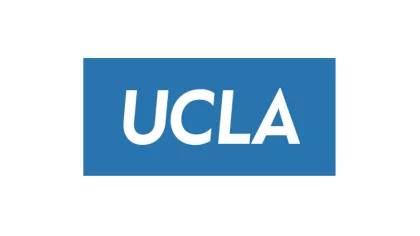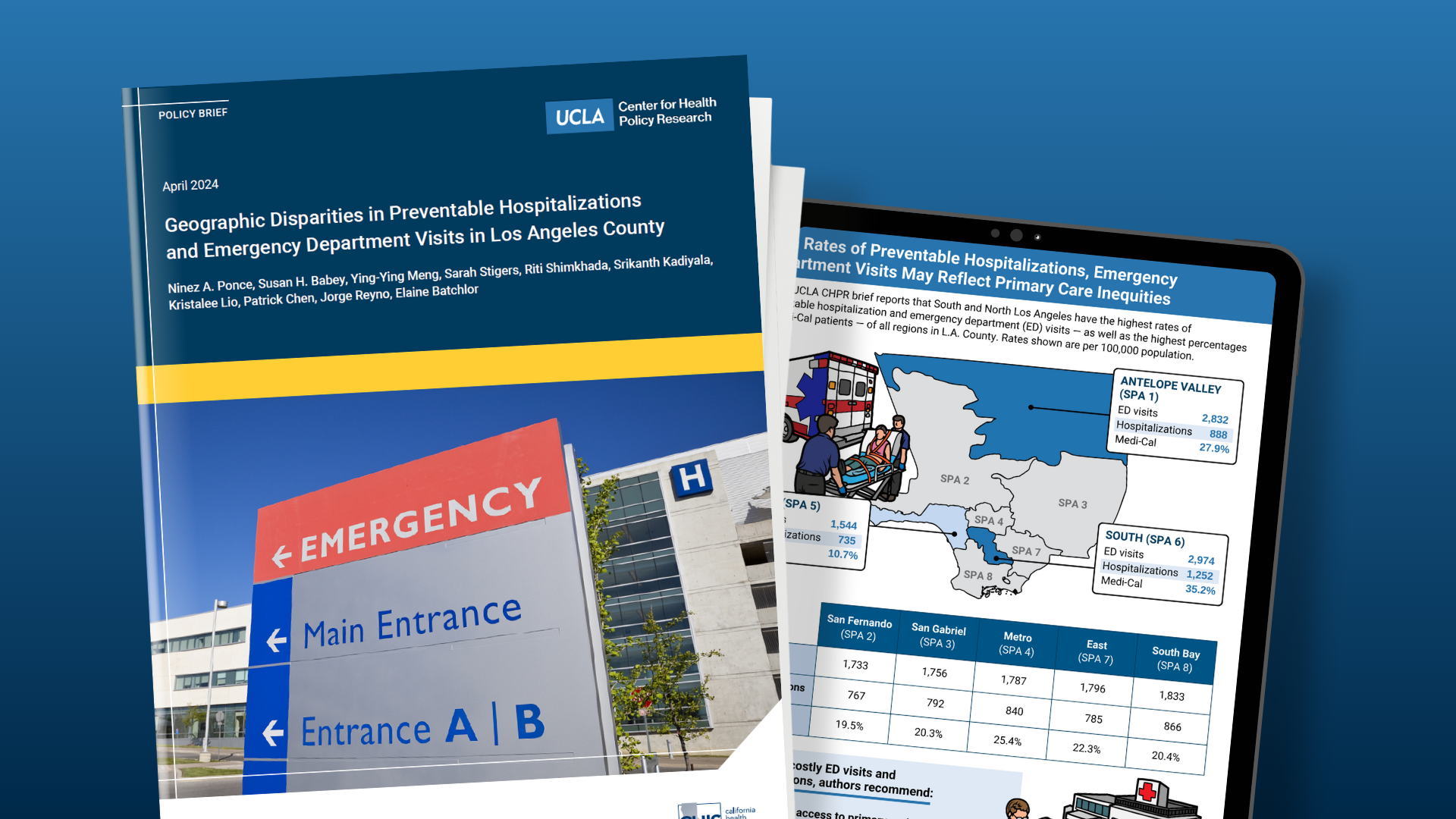
Journal Article
Off-Label Policy Through the Lens of Trazodone Usage and Spending in the United States
Off-label prescribing — when medications are used for indications not approved by the FDA — is widespread in the U.S. healthcare system. This study uses trazodone, a drug approved in 1981 for depression, as a case study to examine broader issues surrounding off-label utilization and spending.
Findings: Although only approved to treat depression, trazodone is frequently prescribed off-label for indications of uncertain clinical value (insomnia, anxiety). Using nationally representative data from the Medical Expenditure Panel Survey, authors estimate that approximately 24 million trazodone prescriptions were filled in 2019, with healthcare spending of $294 million. At least 85% of prescriptions (∼20 million) and 84% of spending ($247 million) were for off-label indications, primarily insomnia. Health plan reimbursement per prescription was nearly identical for on-label and off-label use, despite the significant evidence gap.
These findings illustrate the scale and inefficiency of off-label prescribing and highlight challenges facing clinicians, patients, and payers. Authors propose a set of policy solutions — including public and private investment in evidence generation, pricing drugs to account for off-label use, and value-based reimbursement — to advance a more efficient system of off-label use. Trazodone presents a revealing case of the broader systemic problem of off-label prescribing for indications of uncertain clinical value.






